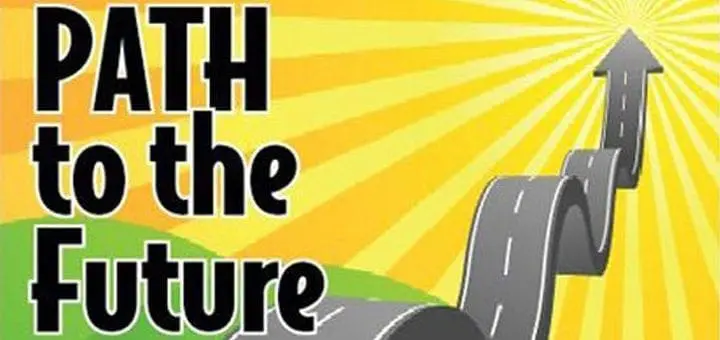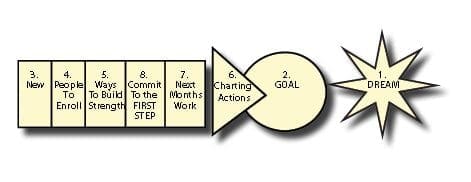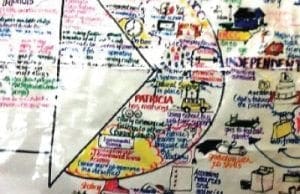Is your child prepared for the future? Do they have a clear PATH?

A PATH to the Future
What are your hopes and dreams for your child?
When you learn your child has a disability, it often detours your dreams for your child’s future.
As your child learns and grows, your aspirations change with them.
How do you help your child have the full and meaningful life you have always wished for?
The Exceptional Student Education (ESE) Department of Indian River County Schools is committed to helping parents and their children realize their dreams by improving our transitional services for students with disabilities.
Working through our new Parent Advisory Committee, we have adopted curriculum and assessments to facilitate a positive transition from school to college, career, and community.
One method of planning for the future is completing and following a PATH.
PATH (Planning Alternate Tomorrows with Hope) was developed in 1991 by Jack Pearpoint, John O’Brien, and Marsha Forest.
PATH is a powerful, person-centered planning tool that assists families in identifying and reaching goals and dreams for their child with a disability.
The family and their support network come together to develop an action plan for a positive, desirable, and possible future for the student.
A trained facilitator assists the students, their families, and representatives from support agencies in specifically defining what the students want for their future.
Then the team develops and graphically displays the steps to reach the future goals.
There are eight steps to the PATH process:
1. Dream: The team identifies the dream (outcome) that the individual desires for the future.
2. Goal: Beginning with the dream, the team develops long-term goals for the student.
With the help of the facilitator, the team develops a vivid, colorful display of the student’s future that is both positive and possible.
The team selects a date for an end goal, projecting out one to three years.
3. NOW: The team describes the present. This is a snapshot of the student’s current life.
4. Enroll People: The team identifies additional people to enroll in this change process.
Who needs to be involved to make this goal attainable? If there are people needed who are not available, how do we get their support?
5. Build Strength: The team recognizes ways to build strength. The team members and the student identify what skills and knowledge the student will need to reach their dream and how the student can acquire them.
6. Action Steps: With the facilitator’s help, the team breaks the PATH into smaller parts.
They develop concrete action steps toward the end result that can be completed in the next several months.
7. Next Month’s Work: The team then adds action steps that can be completed one month after the PATH process.
8. Commitment: The final step is the commitment from the team to action on the PATH.
The team identifies an immediate action step, and participants sign the PATH as a visible sign of their willingness to support it.
Completing a PATH is not easy. Participants must come to the table prepared to listen to and respect others’ opinions, and the focus must stay on the individual for whom the PATH is developed.
A well-done PATH will take three to five hours to complete and years to fulfill. The PATH should be a fluid working document that is reviewed often to ensure that the team is on track in completing action steps. Some goals may need to be adjusted, and timelines may need to be changed.
Completing a PATH is an emotional and rewarding experience for all participants.
“PATH is a metaphor, a map for a journey. There are many PATHS, and each can be walked in many ways.”![]()
Read about Patricia Moody’s PATH and watch the video…– Click here.
Below, North Star Paths and Long Story Shortz present an explainer video on PATH (Planning Alternative Tomorrows with Hope).
Indian River County, FL., School District ESE; Luanne Bertaux, District School Specialist; Laura McGill, Program Specialist; Mary Grace Hektner, District Specialist and Randall Hunt, Exceptional Student Education Program Specialist.
Helpful Articles
- How to Set Clear Goals and Plan Naturally
- Ethan’s Alternative Tomorrow: A PATH Toward Social Inclusion
- Whether it’s Your First IEP or You’re a Pro: 10 things to Cover at the Meeting
This post originally appeared on our January/February 2014 Magazine




